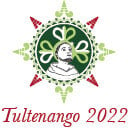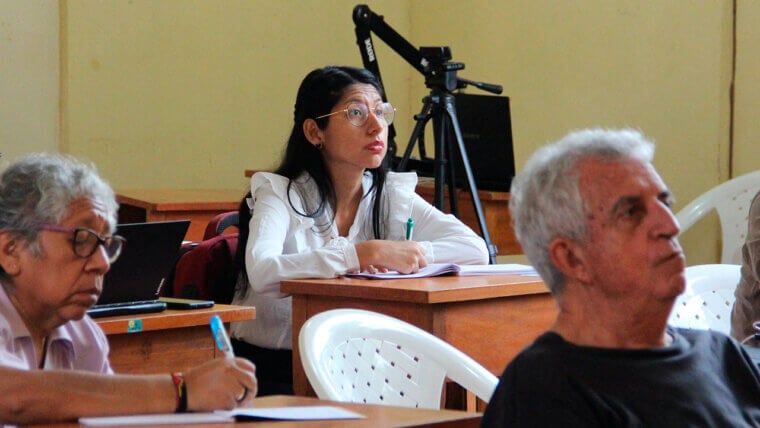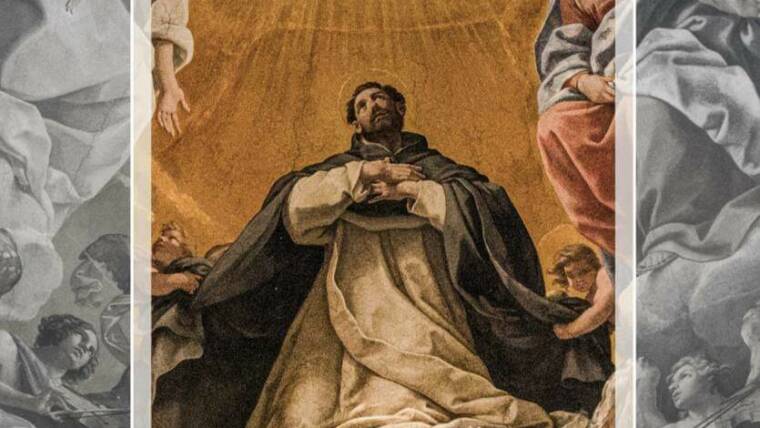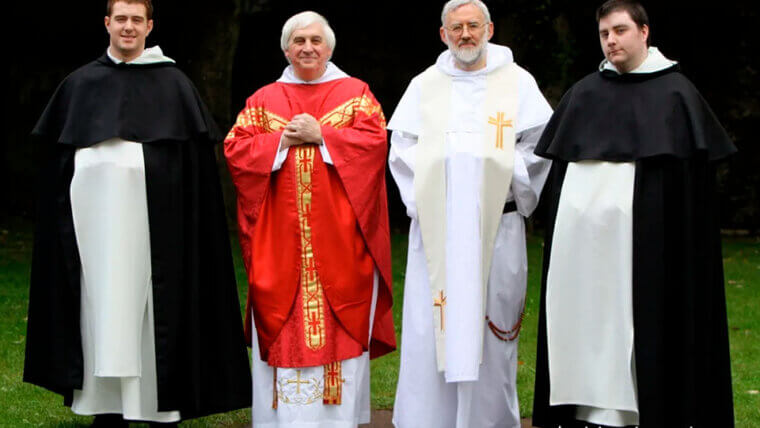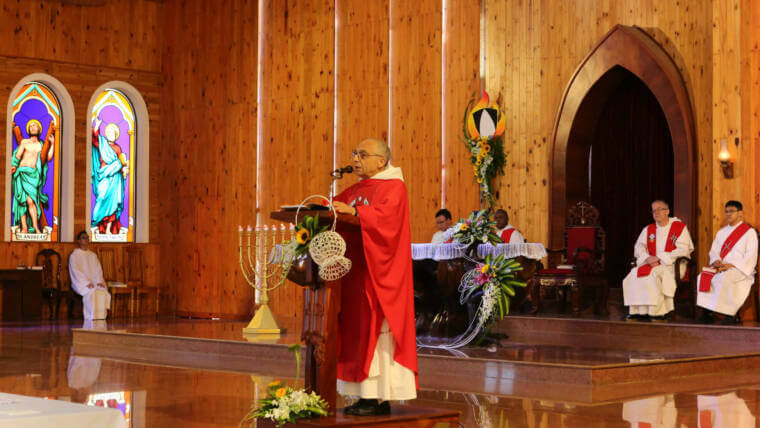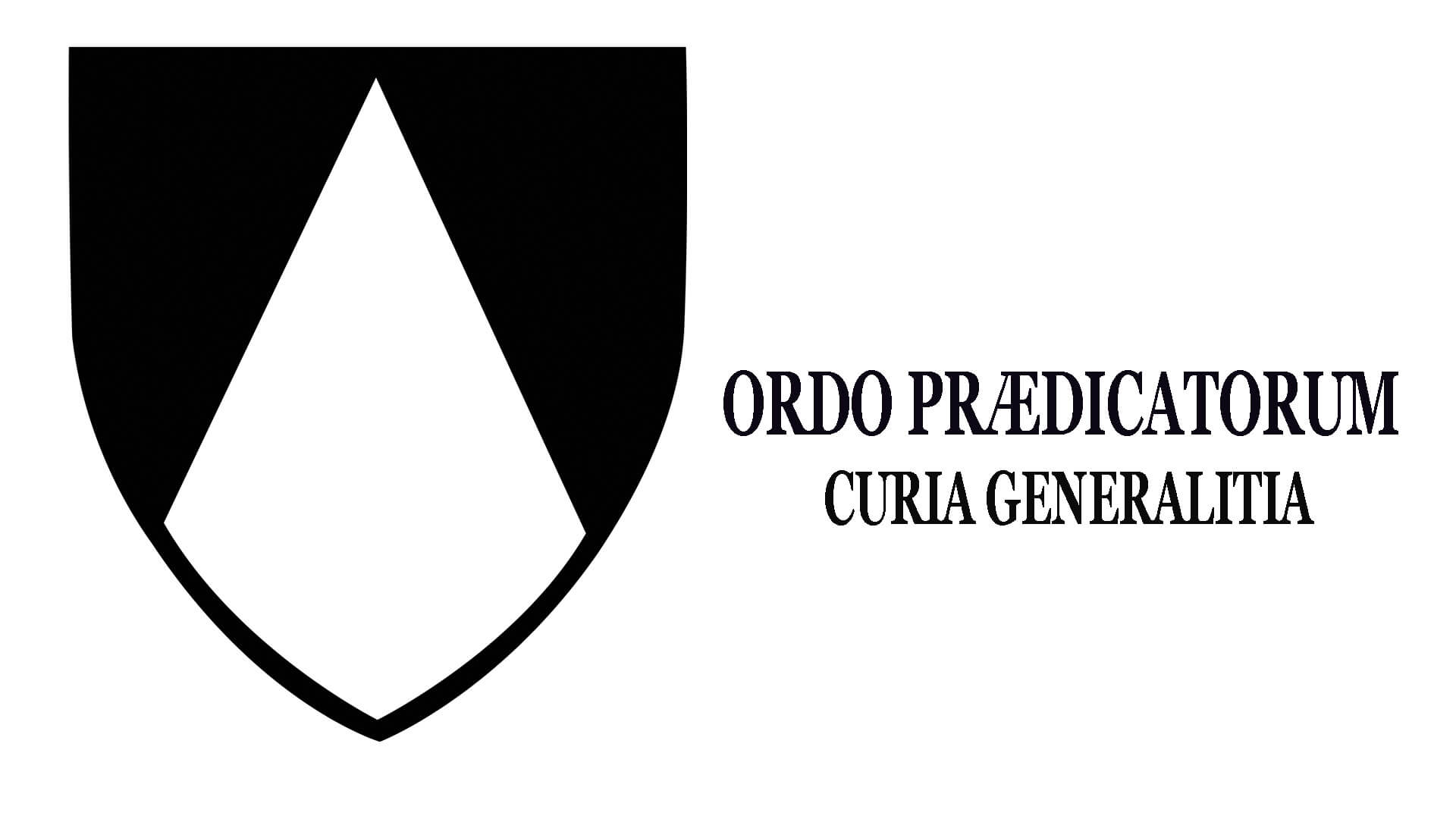
Rome, 22 December 2019
Anniversary of the Confirmation of the Order of Preachers
Prot. 50/19/761_MO_Messages
“Non temere, Maria, perché hai trovato grazia presso Dio.
Ecco concepirai un figlio, lo darai alla luce e lo chiamerai Gesù.”
Luke 1: 30-31 (CEI translation)
Dear Brothers and Sisters,
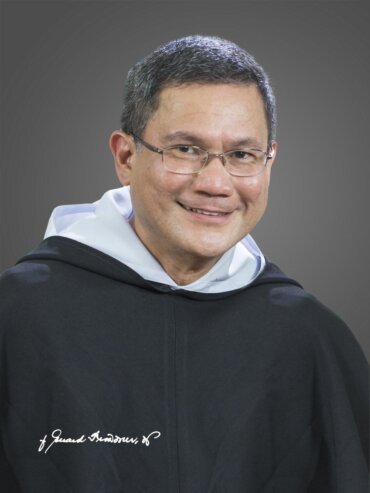
As I write this Christmas message to you, I was astonished to discover belatedly that here in Rome, there is an inspiring art installation entitled “Ai nati oggi” (To all the children born today) by Alberto Garutti, which is on display from July 2, 2019 till January 6, 2020, with this caption:
The streetlights of Piazza del Popolo
are connected to the maternity ward of Policlinico Agostino Gemelli.
Every time the light blinks, it means a child is born.
The work is dedicated to that child and all the children born today in this city.
The word for giving birth in Italian is dare alla luce, and in Spanish, dar a luz, which literally means, “to give to the light”. In my Filipino language, the word is isilang, which refers to the “East” (silangan) and shares in the idea of being given to the light, and is close to the English “to orient”. Thus, to be born means to be given to the light, to leave the secure darkness of the mother’s womb and then to gradually open one’s eyes to a bright and bigger world.
When the Blessed Mother gave birth to Jesus, she did not only bring her Son to the light (i.e., dare alla luce, dar a luz), she brought the Light into our world! The Gospel of John proclaims Jesus to be the Light of the human race, the Light that shines in the darkness… a Light that darkness cannot overcome (John 1:4-5). Surely, Christmas is the season when longer nights gradually give way to longer days (at least in the northern hemisphere). But darkness is part of Christmas. The incomplete joy we feel on Christmas does not tell us that the spirit of Christmas is not with us. Rather, it makes us realize that Christmas comes to a world yearning for a Messiah that can heal its woundedness.
At times, we tend to “sanitize” the disturbing details of the Christmas story. The nativity scene in our churches and convents appears to be a tender and warm picture of a loving and peaceful family. But as we pause and ponder, we realize that it must have been extremely painful for Joseph to be homeless in his hometown, for he could not find a single relative who could give them a room for the night, thus they had to look for a room in an inn. Probably, Joseph’s kinsmen shunned him for having a young wife who got pregnant even before they were married. It must have been terribly difficult for Mary to deliver a child in a smelly stable and then have a manger for his bed. It must have been terrifying to know that a king who feels so insecure threatens their newborn son and has ordered the killing of many innocent male children. The Gospel on Christmas day speaks about the world rejecting the One they needed the most: He came to his own yet his own people did not receive him (John 1:11). There is a “dark side” to Christmas. No matter how big or little they are, the sadness and emptiness we feel even during Christmas day is part of that dark side that we have to acknowledge in order to let Jesus, our LIGHT, shine through that darkness.
In the Apostolic Letter Admirabile Signum, Pope Francis explains how ruins of ancient buildings became part of the nativity scene: “These ruins appear to be inspired by the thirteenth-century Golden Legend of the Dominican Jacobus de Voragine, which relates a pagan belief that the Temple of Peace in Rome would collapse when a Virgin gave birth. More than anything, the ruins are the visible sign of fallen humanity, of everything that inevitably falls into ruin, decays and disappoints. This scenic setting tells us that Jesus is newness in the midst of an aging world, that he has come to heal and rebuild, to restore the world and our lives to their original splendor” (AS, no.4, my emphasis).
Christmas is not just a celebration but a mission. There is a marvelous story of a man who once stood before God, his heart breaking from the pain and injustice in the world. “Dear God,” he cried out, “look at all the suffering, the anguish and distress in your world. Why don’t you send help?” God responded: “I did send help, I sent you.” But even before God sends us, He has sent his own Son. God sends the best help. And Jesus invites us to share his work and mission. The sending of the Son by the Father on the first Christmas continues: “as the Father has sent me, so I send you”.
May the light of Christ shine through us,
to dispel the darkness around us, within us.
A Blessed Christmas to you and all you hold dear!
Your brother,
br. Gerard Francisco Timoner III, OP
Master of the Order


